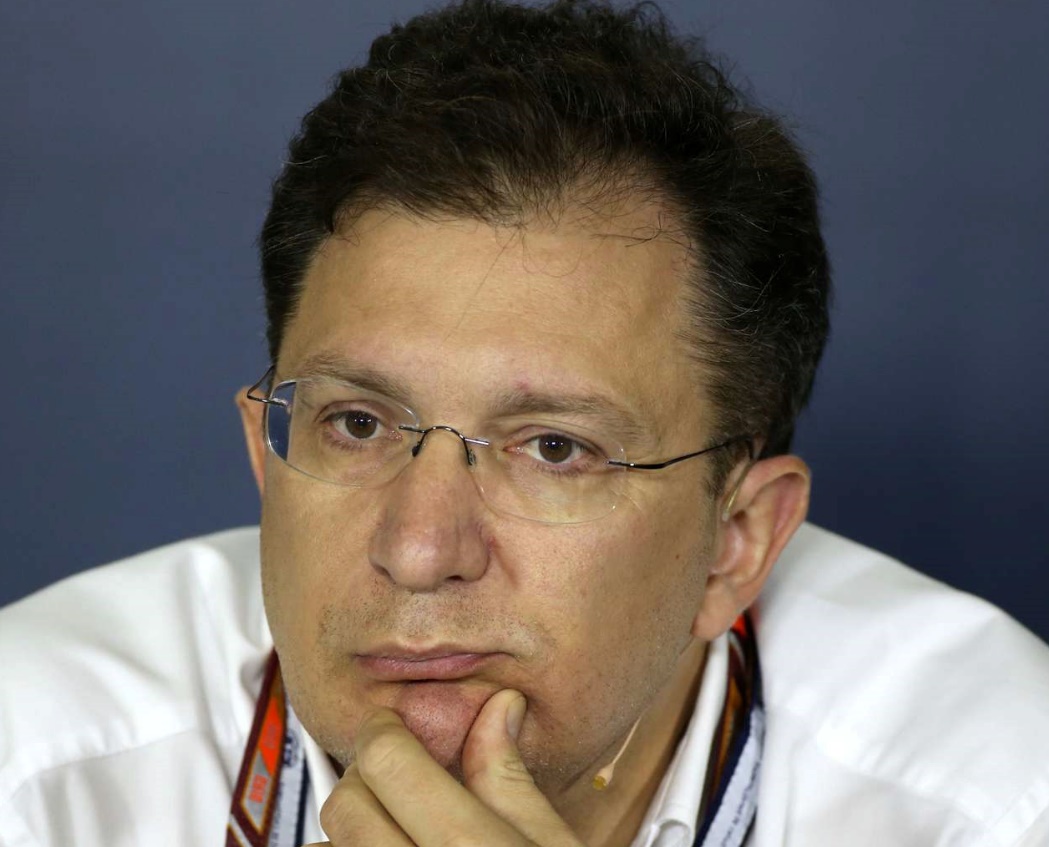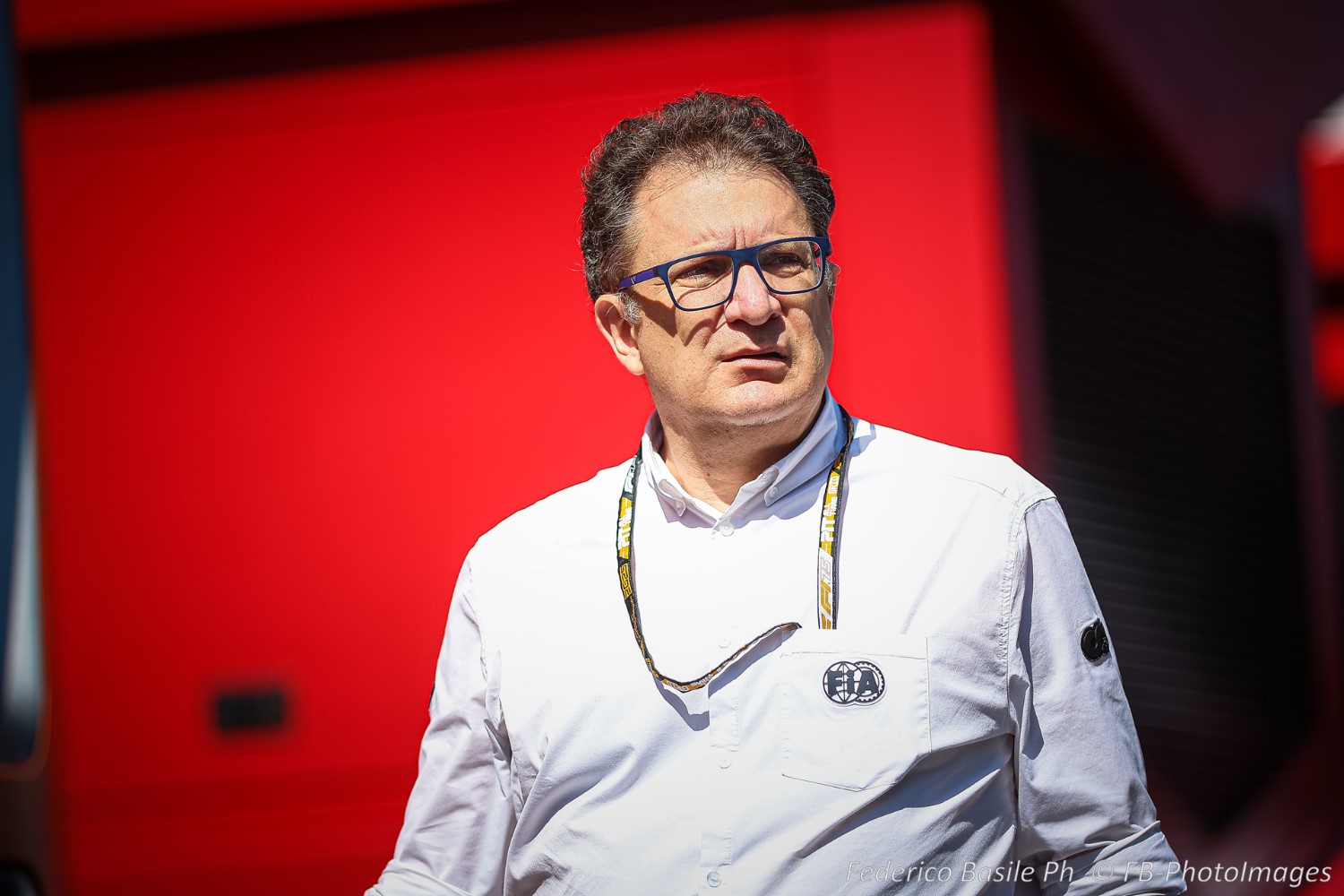F1 News: Tombazis defends ’26 Frankenstein cars amid driver backlash
(GMM) FIA single-seater boss Nikolas Tombazis (pictured) insists Formula 1’s radical 2026 regulations that created ‘Frankenstein Cars’ are still being refined, as leading drivers voice alarm about slower cars and extreme energy management.
Several stars have criticised the current simulator models – saying the new hybrids run out of electrical power halfway down the straights, forcing constant pace management and distracting from pure driving.
Related Article: F1 News: Norris fears F1 becoming ‘too fake’ with 2026 Frankenstein cars
“We haven’t finalised the rules yet,” Tombazis told Auto Motor und Sport.
“We’ve known about the problems from day one and have gradually addressed and resolved them. Between now and the start of next season we’ll implement a few more measures to improve energy flow and ensure the cars don’t suddenly decelerate on the straights or do anything else unnatural.
“Many of the comments about how the cars behave are premature,” he insisted. “The product isn’t finished yet.”
He revealed that not all teams and manufacturers are being “equally transparent” with data so far, but said there is “overall agreement on how to solve the problems”.
The key specifications – 400kW from the combustion engine and 350kW from the battery – are “set in stone,” according to Tombazis.
On fears that the sport could become an exercise in battery saving, Tombazis explained: “There’s no interest in turning Formula 1 into a chess game of the best energy strategies. We don’t want them to deliberately ease off the accelerator while driving to store energy.
“A top driver must understand energy management, but the main task will remain braking at the right point, cornering as quickly as possible, and accelerating optimally.”

He forecast laptimes 1-2.5 seconds slower initially, but said “soon, no one will complain that the cars are too slow”. A “boost button” will replace DRS, with parameters tailored to each circuit.
On whether 2014-style domination could return, Tombazis said new cost cap details and “additional development opportunities” will help any lagging manufacturer catch up.
Mercedes boss Toto Wolff, however, hints that Brackley team may indeed already be in strong shape for the new era: “We will finally get rid of these ground-effect cars that didn’t really work for us,” he said, “and a completely new engine.
“Our development has been focused on this project for a long time,” Wolff added. “I believe the second half of the season can be strong, while all the research and development is focused on next year’s car.”
Related Article: F1 should cancel 2026 ‘Frankenstein’ rules altogether – Briatore
—
Socialism for the Engines
The new regulations include a safety net, allowing underperforming brands to close the gap through so-called concessions.
“We do have newcomers, and it is always a risk at the start of a new cycle that there is some divergence initially,” Tombazis told Autosport. “Additionally, we have a cost gap for the PU manufacturers now.” It means that manufacturers who are behind cannot simply throw unlimited money at their engine projects. To still offer them possibilities to catch up, the FIA has included a new system into the 2026 regulations.
“For that reason, there is a concept called ADUO, which is an acronym for Additional Development and Upgrade Opportunities,” Tombazis explained. “This concept has been the product of a lot of work. It was already there from day one of the regulations, but in the last few months more detail has been put into it to define exactly how that is going to operate.”
“Essentially every five, six races there will be an average performance measured for each PU manufacturer. Those who are below a certain level, and depending on how much below they are, will get that benefit accumulating over the year. That benefit would translate into three things: one is additional development money, some more dyno hours and the possibility to make a new homologation of the engine. So people who are behind will have the opportunity to speed up and catch up.”
“Over the first five Competitions of each Championship Season in the 2026-2030 period, the FIA will monitor the performance of the Internal Combustion Engine (ICE) part of all the Power Units supplied by each PU Manufacturer to its customer Competitors. For each ICE supplied by the PU Manufacturers, an average power will be calculated. The methodology to calculate this power can be found in the Appendix to the Regulations. Any PU Manufacturer whose ICE power is more than 3% below that of the highest ICE power recorded amongst all the PU Manufacturers will be granted Additional Development and Upgrade Opportunities.”
“I want to stress that I completely refute any comment about that being a Balance of Performance or anything like that, because first of all, the regulations are exactly the same for everyone. It’s not like we are giving them more cubic capacity, more fuel or whatever.
“Secondly, if there was no cost cap, they would throw a lot of money at it. When Honda were behind in 2016, 2017, for a certain period they had to spend a lot more money to catch up. With a cost cap the risk is that you would never be able to do that, and that you would be behind eternally. You would just be humiliated for a whole regulation cycle, and clearly we don’t want that. We don’t think that would be fair, and I have to say that PU manufacturers have been extremely collaborative on this topic.”
“There is an additional initiative which addresses the situation where a PU manufacturer has huge reliability issues to start with. Imagine somebody who blows up an engine each race weekend and each engine costs a lot of money. They suddenly find that they are eating their cost cap with blown engines. They have to reduce the development to stay below the cost cap, and you can imagine that would be an awful situation.
“So we’ve got some initiatives, which are going through the same phase of discussion now, and will hopefully be approved quite soon, whereby once you use more than a certain number of engines, you start having a certain cost cap relief.
“Your engines, once you exceed that number, cost very little from a cost cap point of view. Not in terms of real money, of course, they still cost the same unfortunately, but it means that we protect them from a situation where somebody is in an awful position and has no way to react under the cost cap. That would be really unfortunate.”
